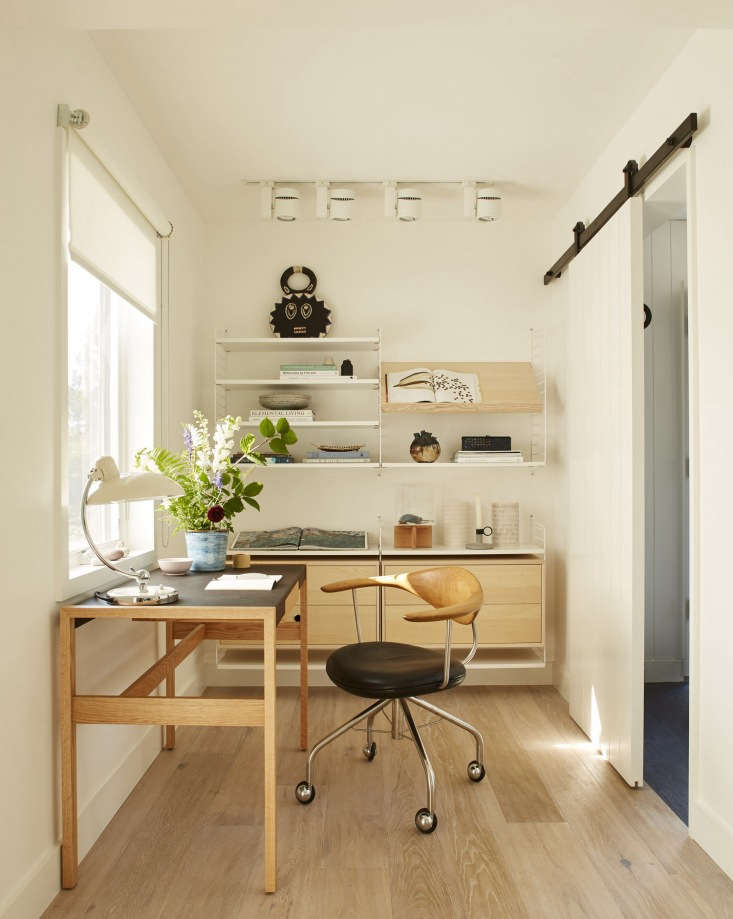
As a creative director, Matthew Axe distills an idea, a product, or an entire story even, into a design that captures its essence. Starting with a blank slate—oftentimes, literally, a white sheet of paper—he gathers a multitude of ideas and perspectives before whittling them down to execute one perfect design. It’s decidedly not a job for anyone who’s indecisive or disorganized. In the two decades he’s spent art directing for brands like Jo Malone London, Kohler, Bellocq, and Martha Stewart Living, the Englishman in New York has mastered the art of throwing out what’s not necessary and honing in on what’s most impactful. Here, in his own words, are lessons he’s learned on the job, all of which could easily translate to home design and organization.
Featured photograph by Heidi’s Bridge.
1. Always be (mostly) tidy.
When I work, I like a clear, organized space to start with. It allows me to look at things without distraction and to be creative. The same holds true for our house. It’s, of course, never perfect at all times. Like in any home, cooking, working, DIY projects, and dog-walking all get in the way of it being a pristine space. But, and this is important, we always keep our home about half an hour from being totally tidy. I do this by making sure the basics are orderly: I make the bed every morning, wipe the bathroom sink/shower before I leave, clean the dishes directly after meals, and tidy the living space before bed—ready for the next day to begin.
2. Keep things out of the way but easily accessible.
In website design, the guiding principle is you don’t want everything to be seen all at once, but when you do want something, you should be able to easily retrieve it. I follow this principle in my home, too. We’re regularly cooking and baking in our family, so when we refurbished the kitchen, we made sure we designed dedicated cupboard space for the many mixers, cake tins, and cooking tools that have found their way to our kitchen over the years. The same principle was applied to the design of our airing cupboard, laundry, and filing system for household paperwork. I like having these things, but I don’t want to see them all the time.

3. Constantly edit.
When I’m working on a shoot, I arrive with an 80-percent plan, then respond to what’s working and what’s not the day-of. Editing our home happens in the same natural way. If something isn’t useful or beautiful, it goes. Most of the apartment stays the same, but I tend to fall in and out of love with things; I like designs that are either really consistent or really surprising. And I have certain places that change all the time, like what’s displayed on the dining table and on the fireplace mantel.
4. Have a good system for trash—or go paperless.
And know who is going to empty it! I find location is the most important thing. If it’s hard to find, it’ll never be useful. At home, I throw most paper things out, and that gets me in trouble sometimes! For work I try to keep everything paperless; I just make sure to back up to Google Drive and a separate hard drive. I like to be able to travel with my office—at best, it can all go in one bag.
N.B.: This post is an update; it was first published on February 2, 2018.
Here are other stories you may be interested in:






Have a Question or Comment About This Post?